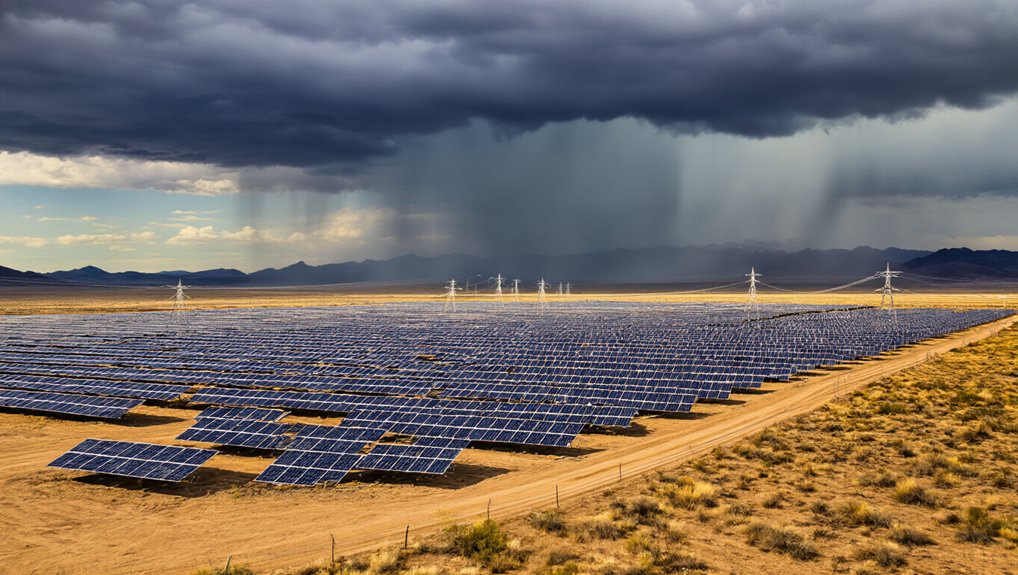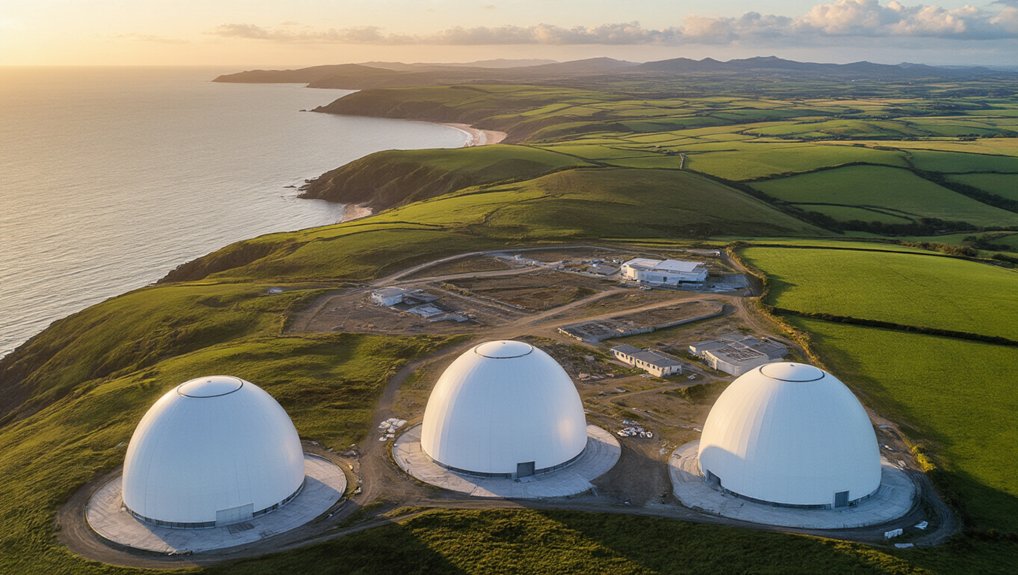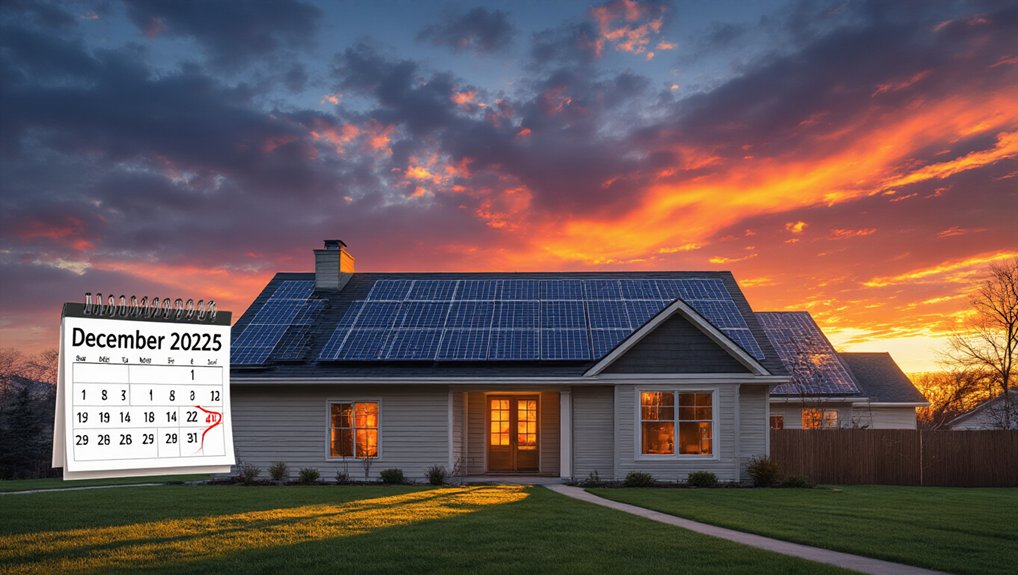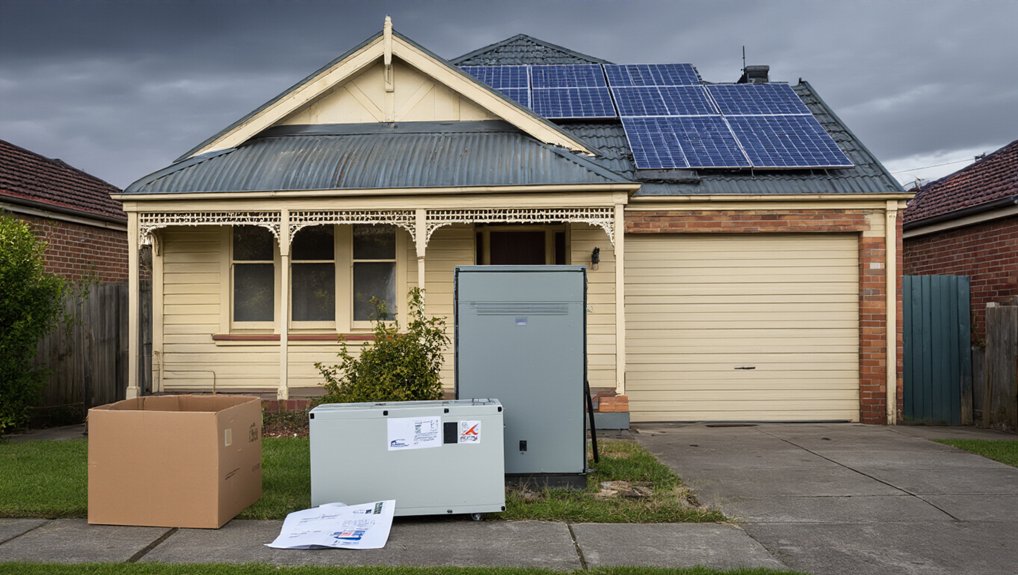While Nevada basks in the glow of being America’s solar powerhouse, storm clouds are gathering. The state’s $12.5 billion solar sector—which powers over 1.2 million homes and employs nearly 8,600 people—faces an existential threat. Federal tax credits, the lifeblood of solar financing, hang in the balance.
Nevada knows a thing or two about solar success. Ranked sixth nationally for total installed capacity, the Silver State generates a whopping 32.53% of its electricity from the sun. That’s not just impressive. It’s dominant. With 32,500 MWh per 100,000 residents, Nevada leads the entire country in per capita solar generation. Take that, California. Nevada’s 33.2% solar contribution to its total electricity generation places it among the nation’s top performers, second only to California’s 34.7%.
But here’s the rub: uncertainty around federal tax credits is spooking investors. These credits aren’t just nice-to-haves. They’re deal makers. Or breakers. Without them, project financing dries up faster than a puddle in the Mojave. The 106 companies operating in Nevada’s solar market know this. So do the developers planning to add 11,504 MW over the next five years.
Federal tax credits aren’t nice-to-haves. They’re deal makers—or breakers—for Nevada’s solar sector.
The state’s seen this movie before. Remember the net metering fiasco? Policy changes nearly killed residential solar adoption until legislators restored the program in 2017. That revival sparked growth across residential and commercial sectors. Now history threatens to repeat itself, only worse.
Carson City saves $50,000 annually from its 500 kW solar installations. Nevada Gold Mines covers 20% of its power needs with a 200 MW array. These aren’t feel-good environmental projects. They’re bottom-line boosters. Real money, real savings. Major projects like the Gemini solar-plus-storage facility, featuring 690 MW solar capacity paired with 380 MW of battery storage, showcase Nevada’s commitment to next-generation renewable infrastructure.
The Public Utility Commission holds considerable sway over Nevada’s solar future. SEIA and state organizations keep pushing for favorable policies, but federal uncertainty trumps local efforts. The uncertainty comes despite the Inflation Reduction Act providing significant tax credits nationwide for renewable energy development. Supply chain disruptions and rising material costs pile on additional pressure.
Nevada’s solar boom transformed desert into dollars, creating jobs and slashing emissions. The state proved solar works at scale. Really works. But without stable federal support, this success story could become a cautionary tale. The sun still shines on Nevada. Whether investors will stick around remains the billion-dollar question.
References
- https://seia.org/state-solar-policy/nevada-solar/
- https://www.chooseenergy.com/solar-energy/solar-energy-production-by-state/
- https://seia.org/wp-content/uploads/2025/06/Nevada.pdf
- https://www.ibisworld.com/united-states/industry/nevada/solar-power/31308/
- https://www.consumeraffairs.com/solar-energy/solar-capacity-by-state.html









